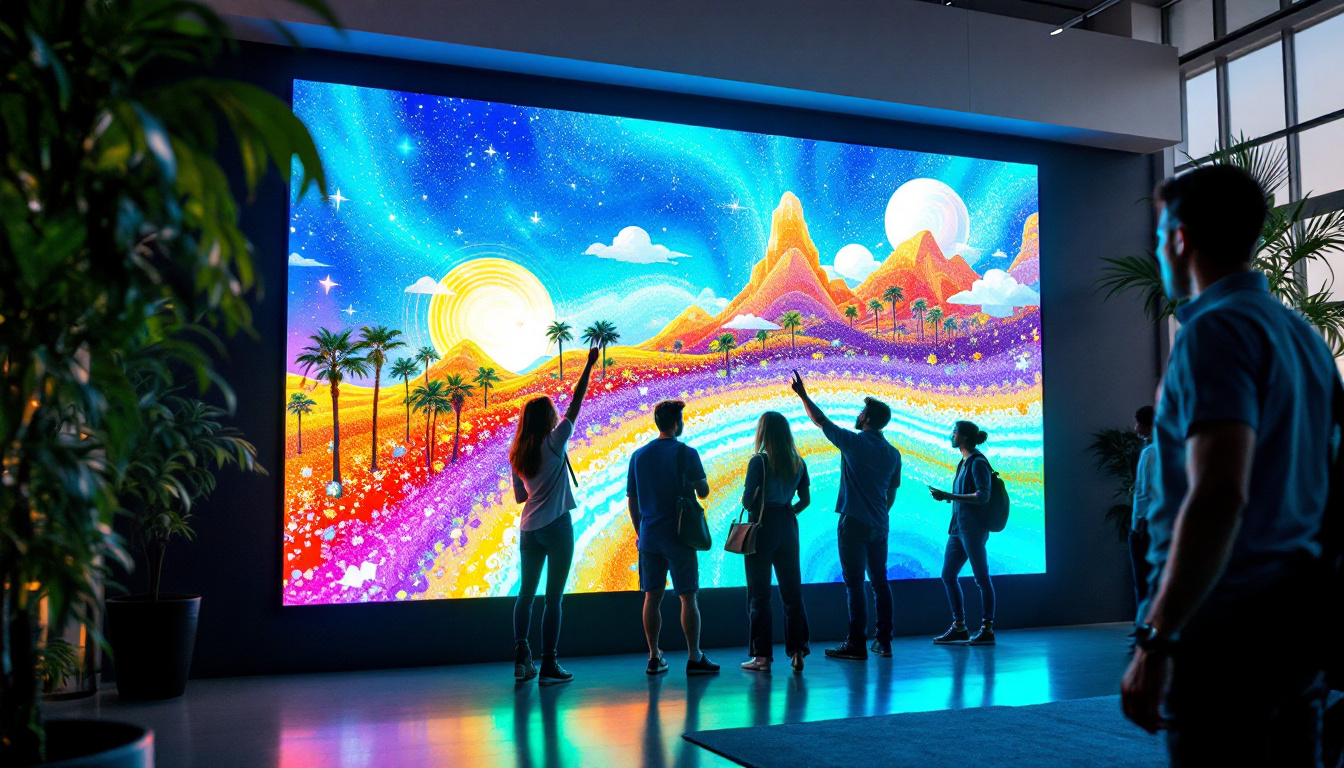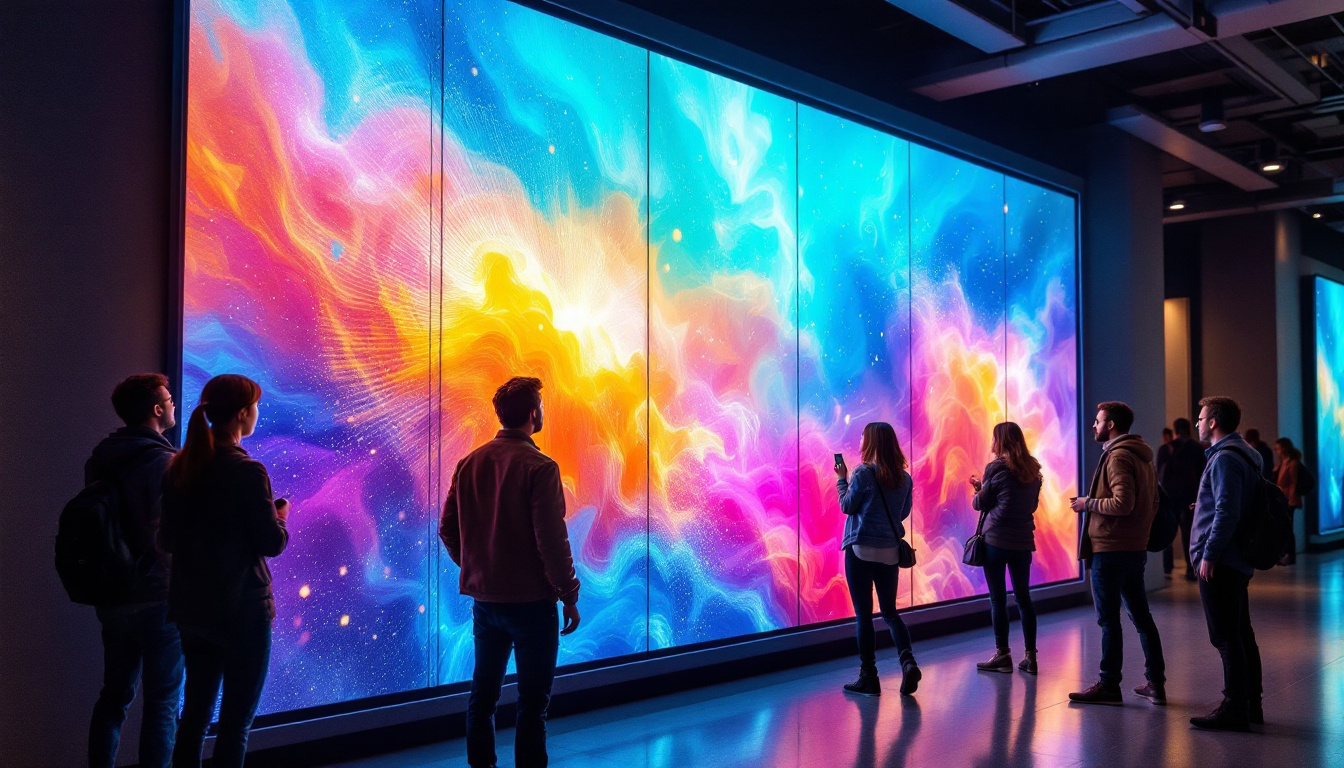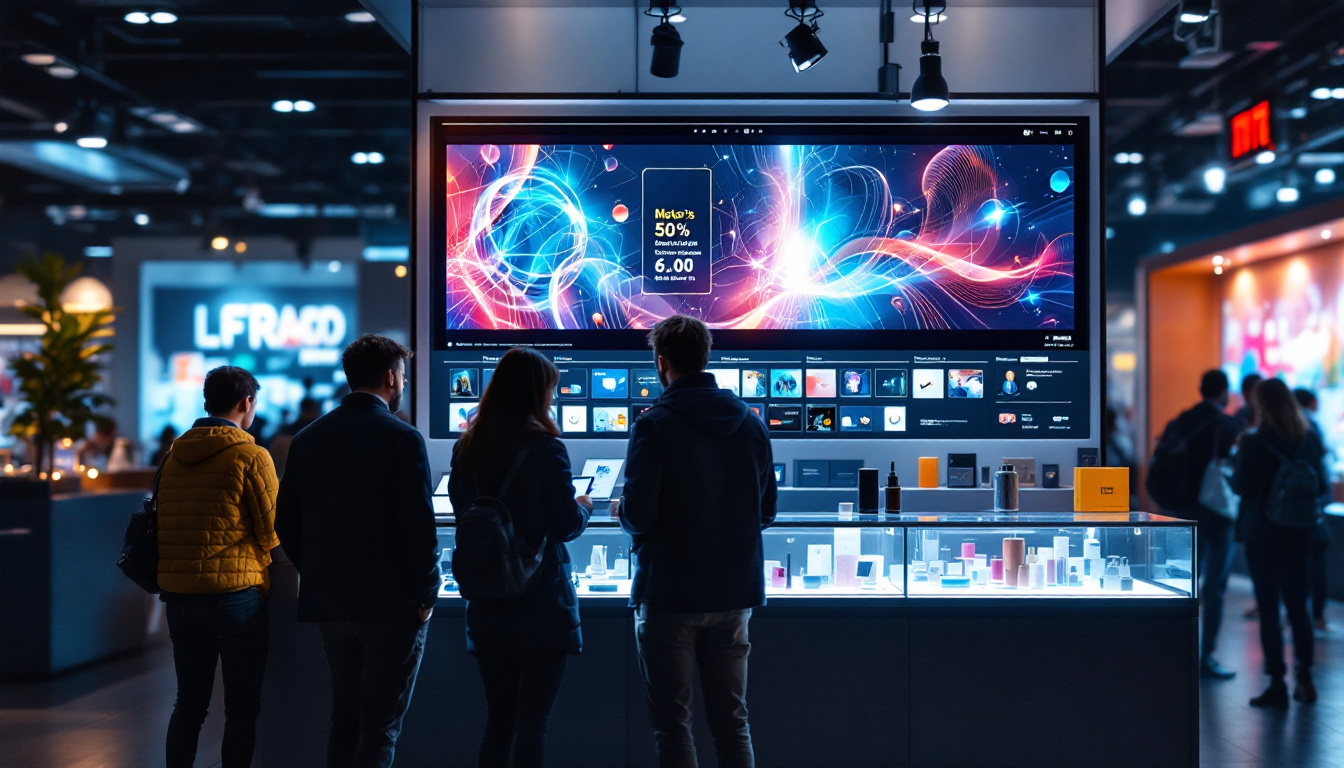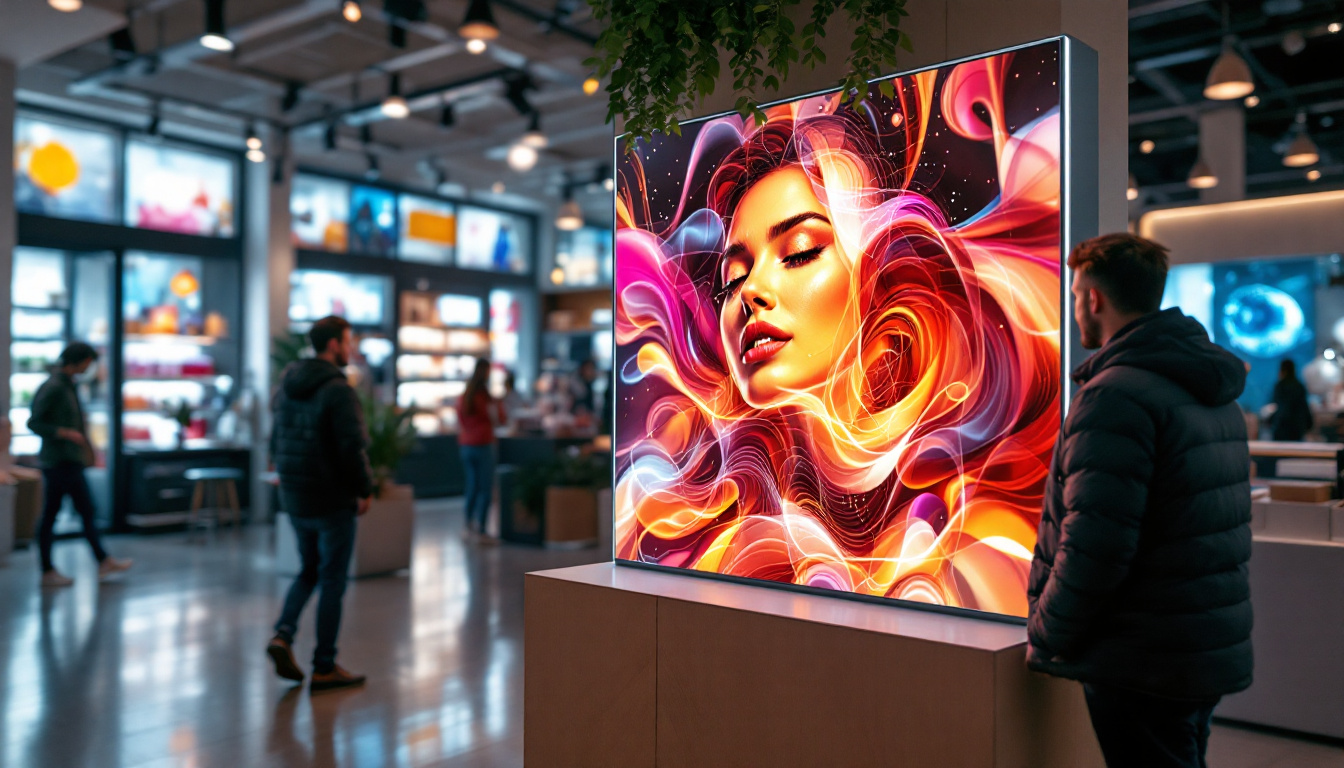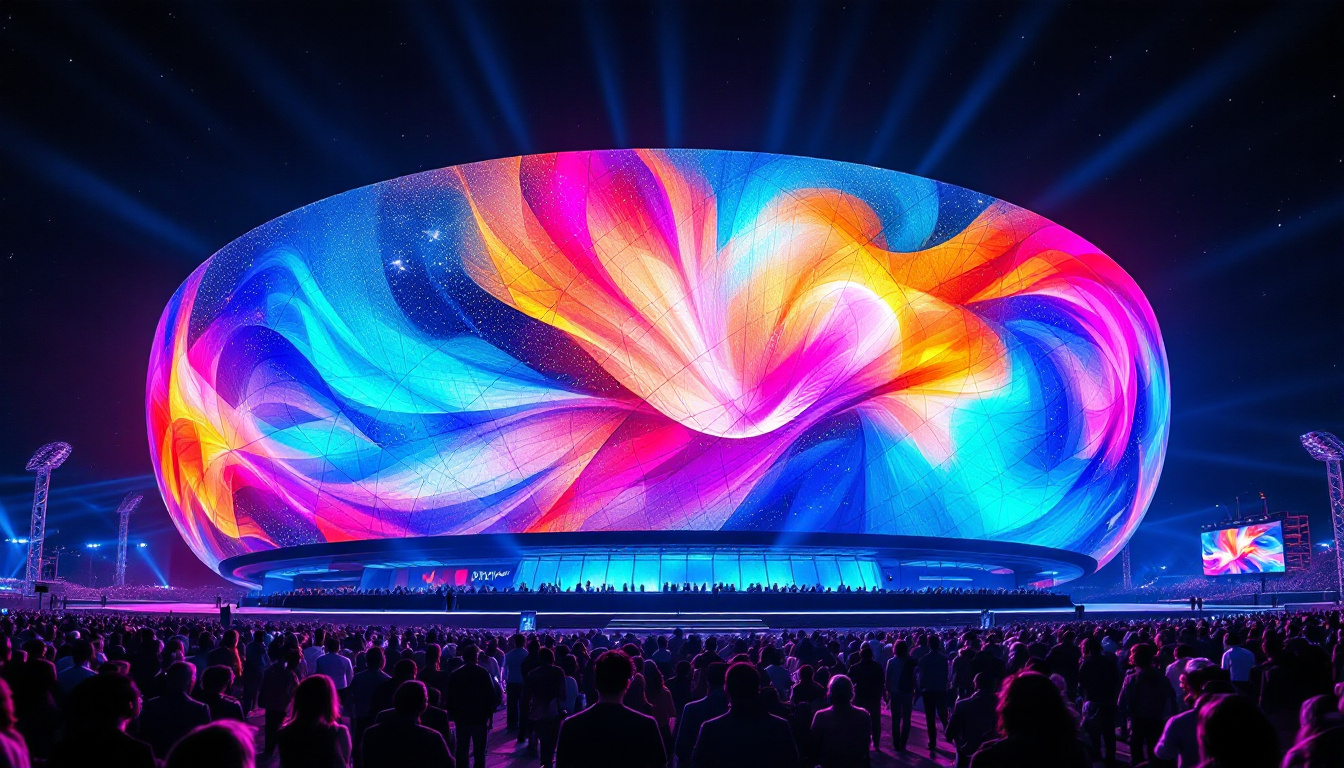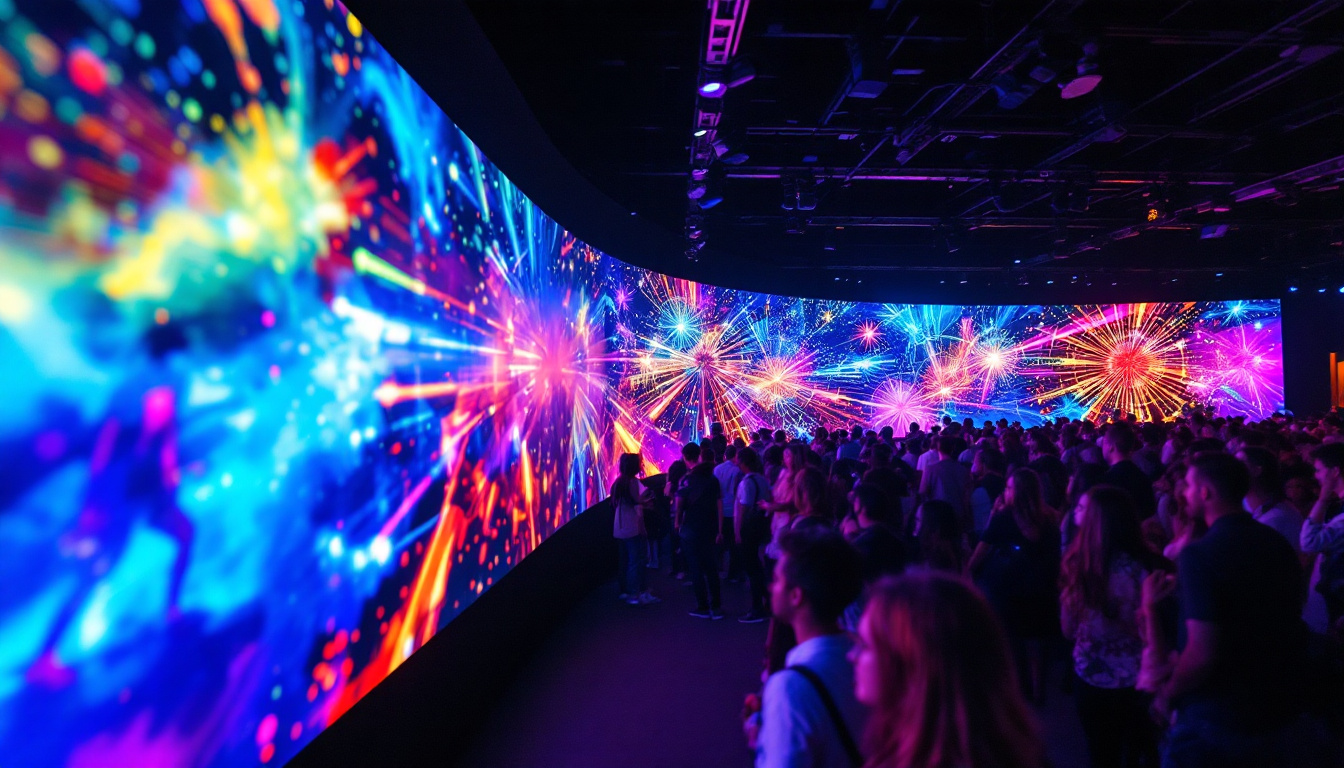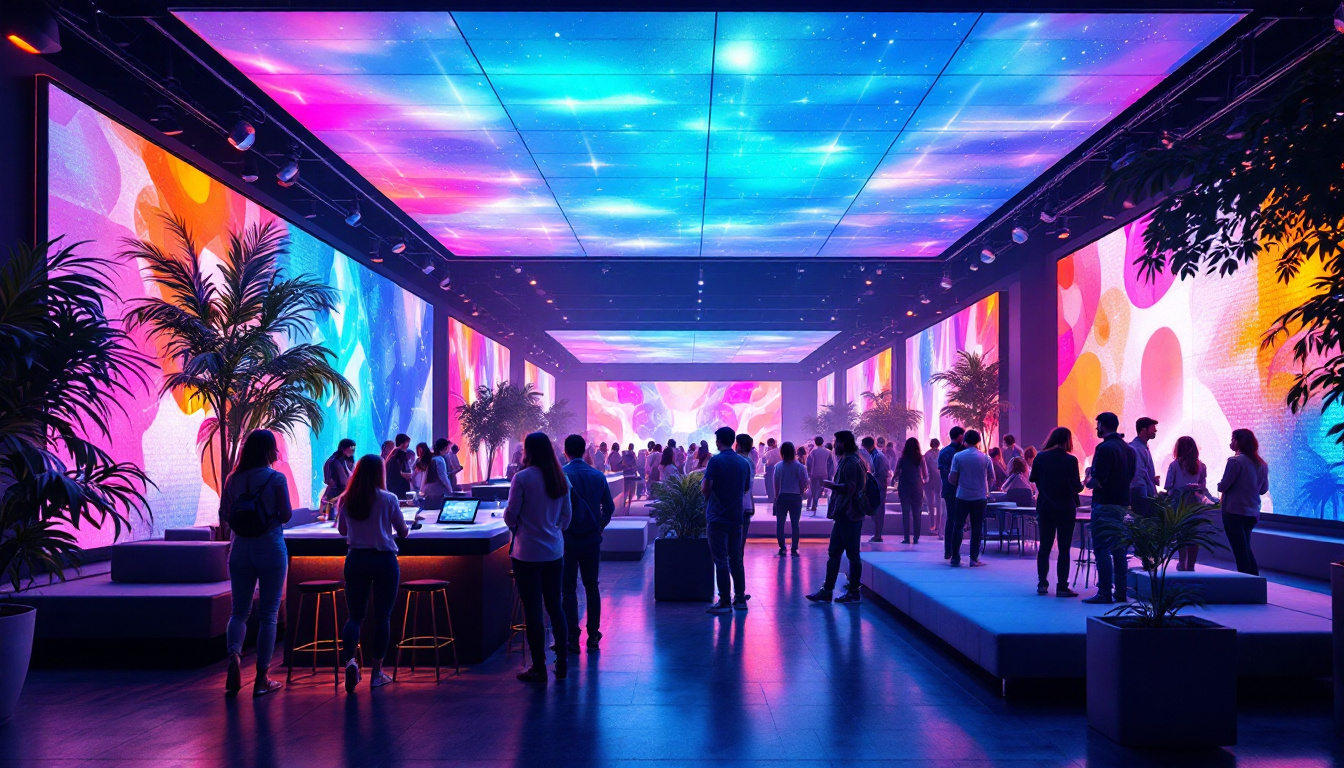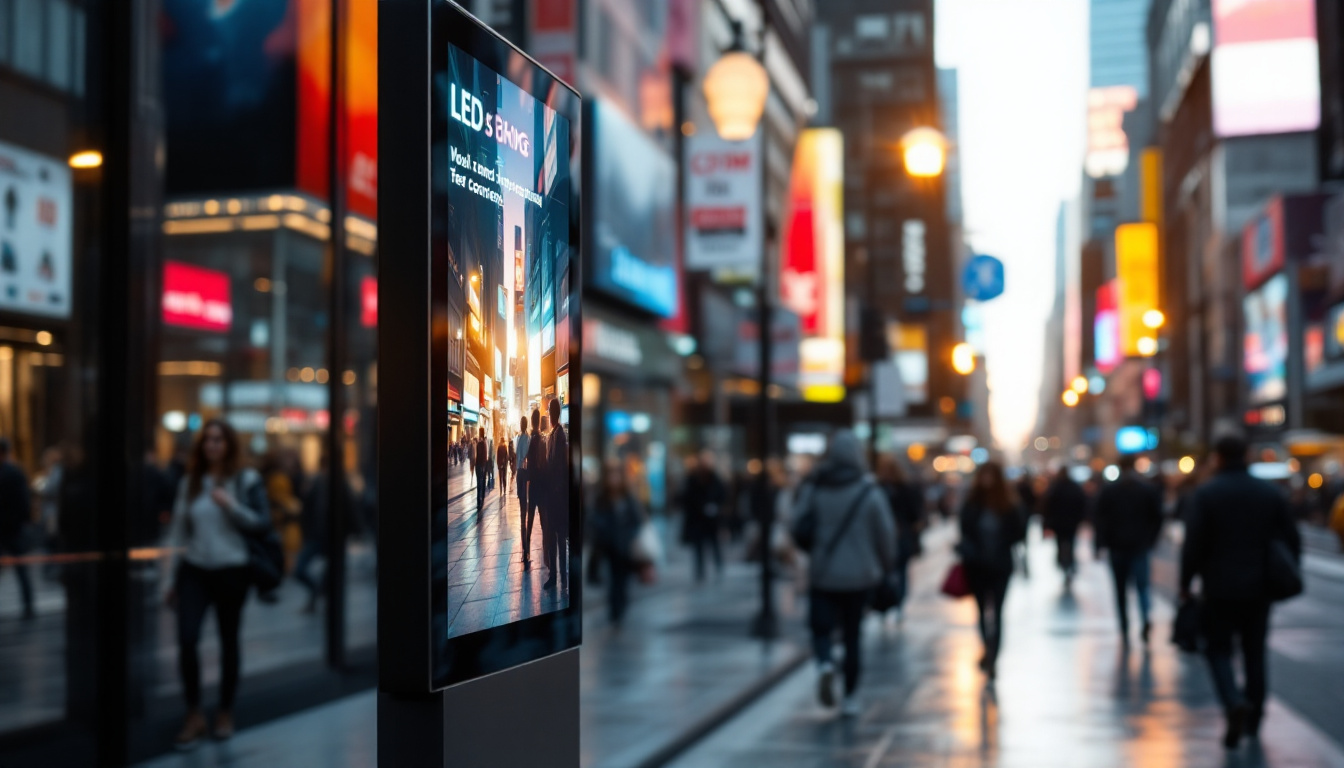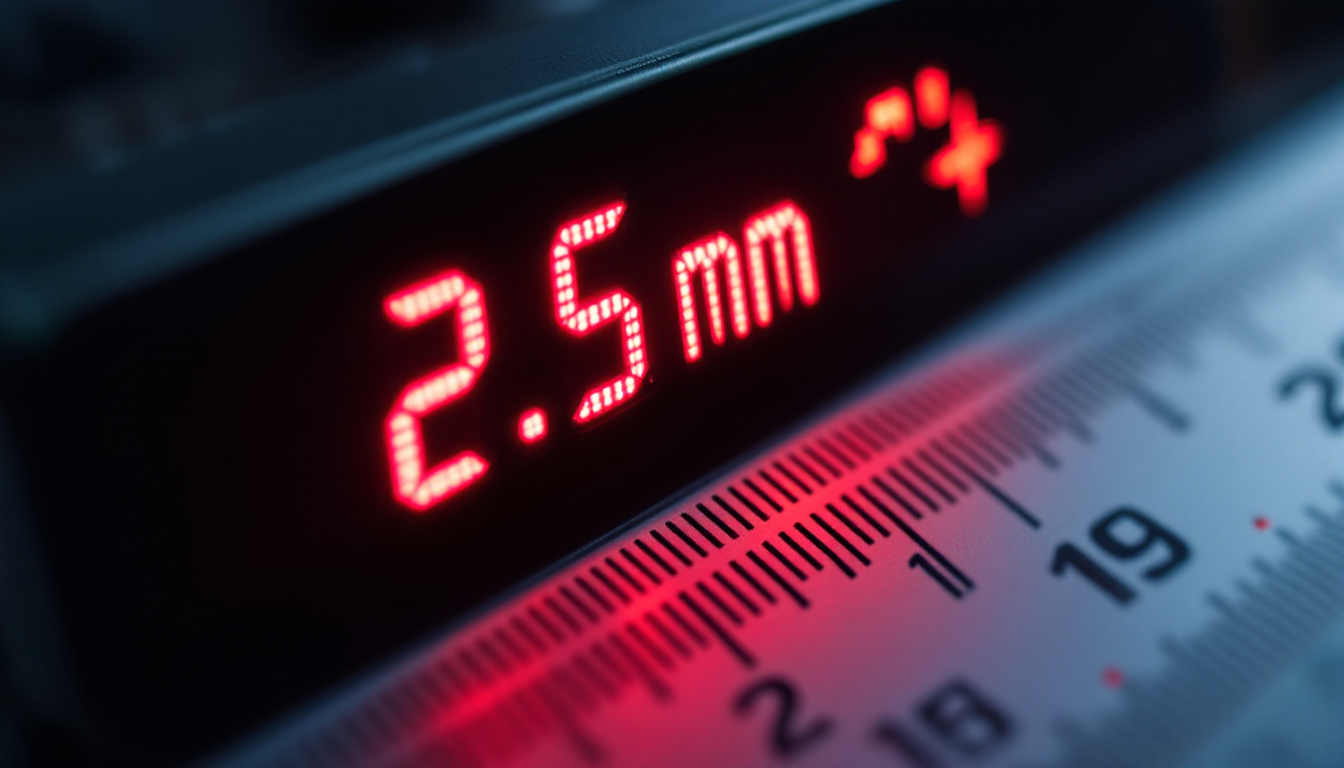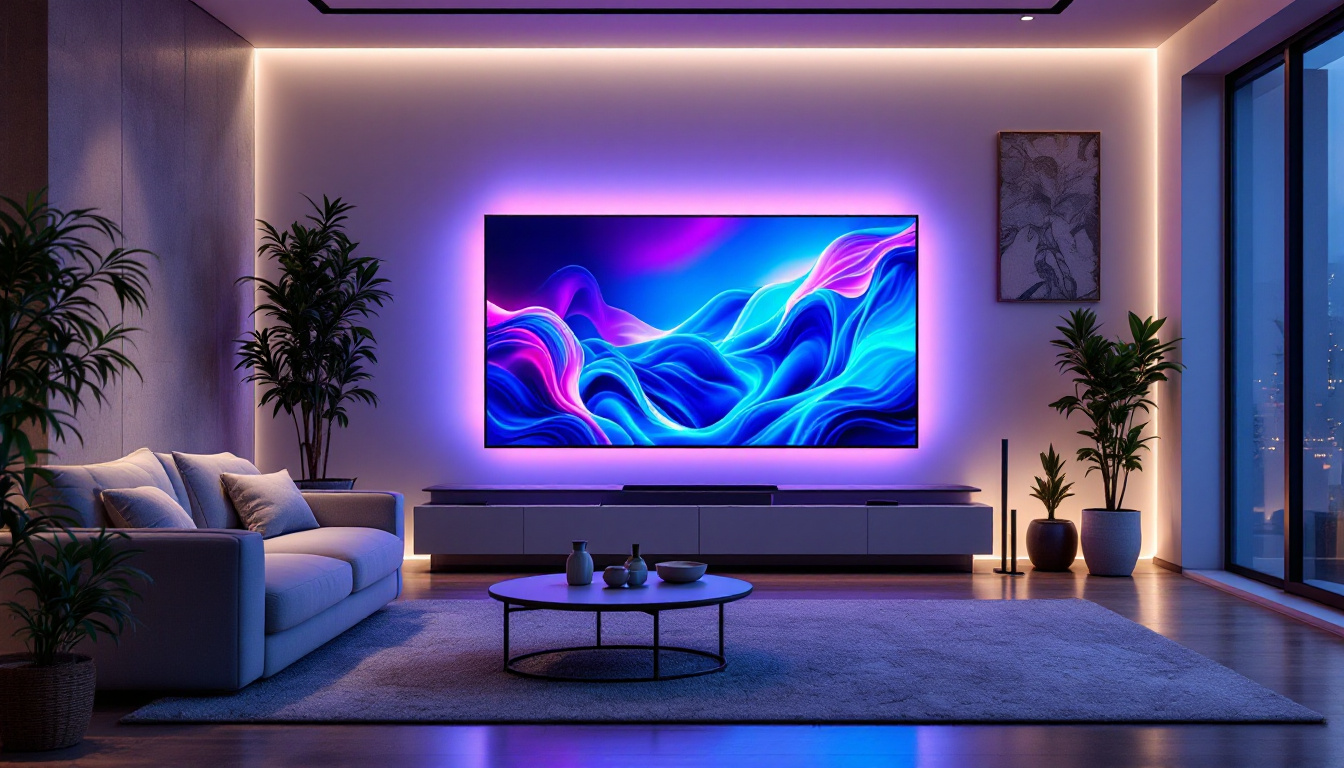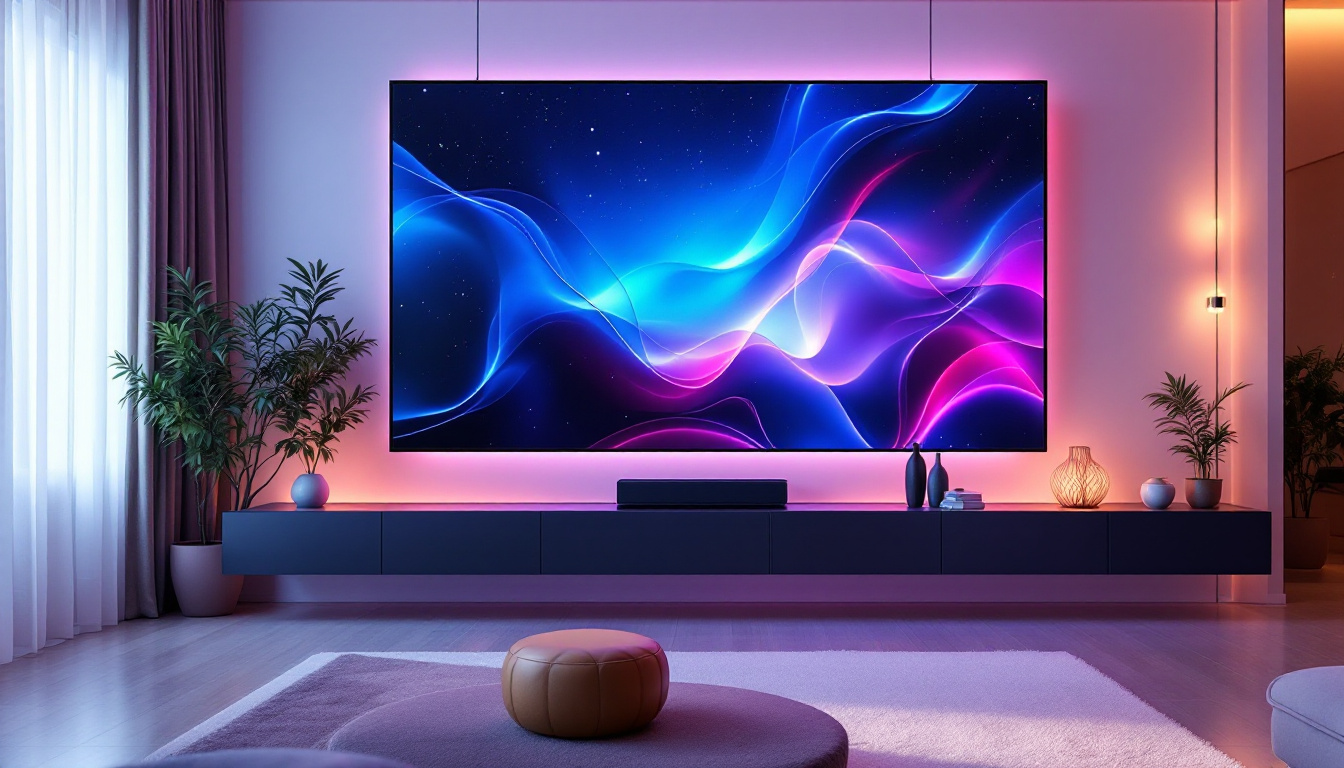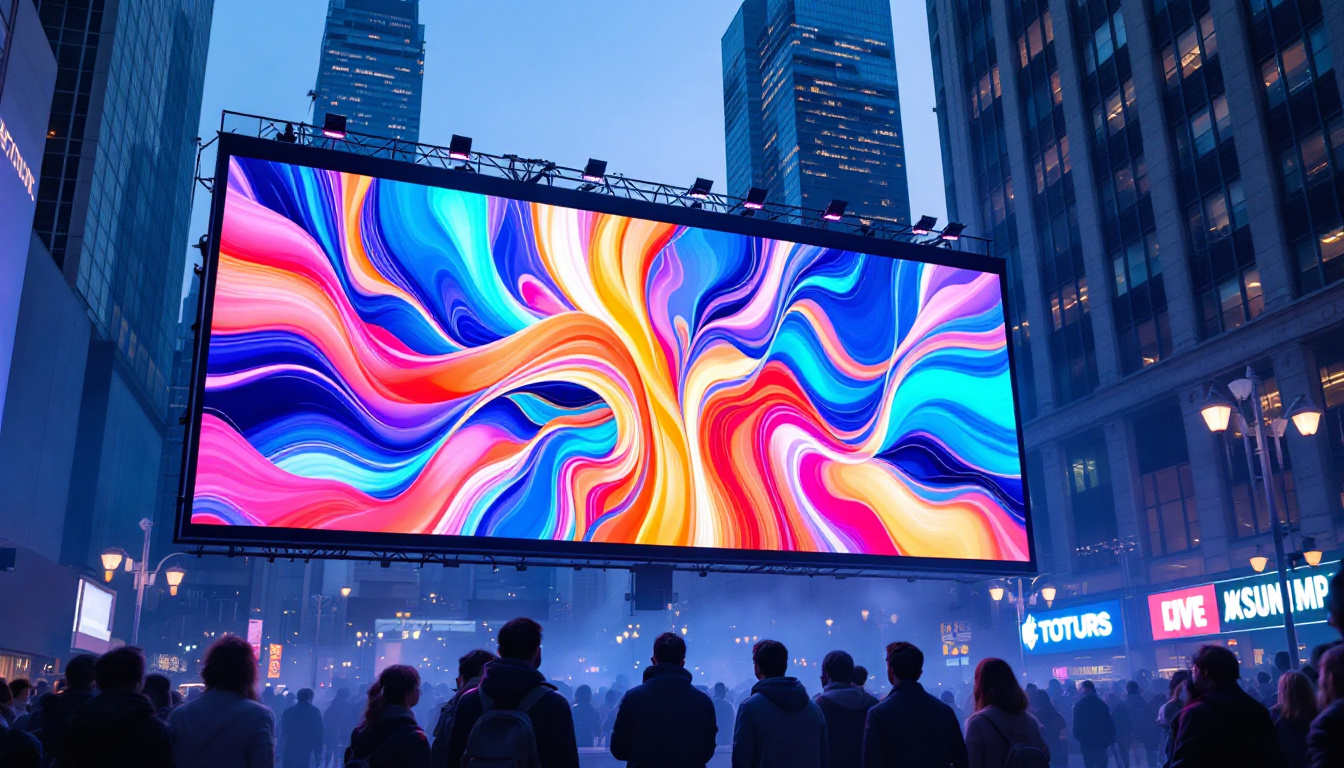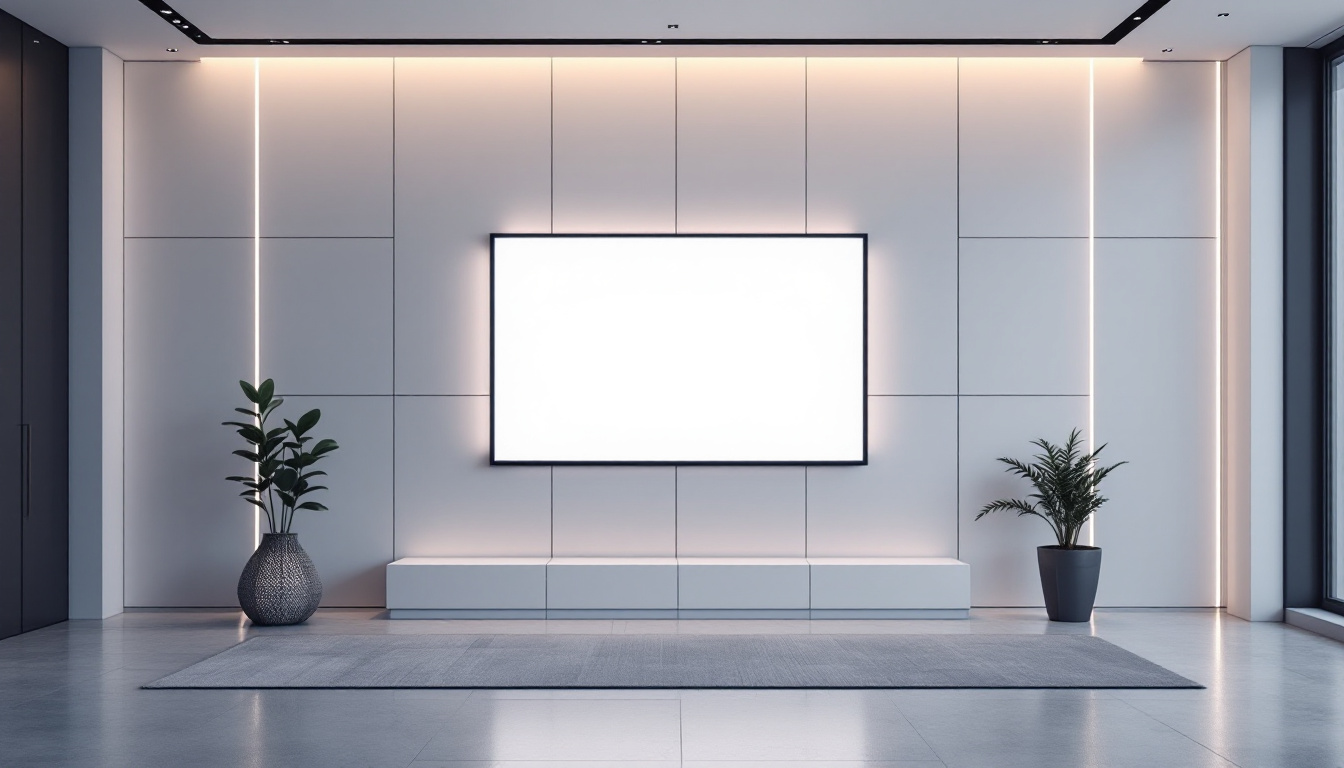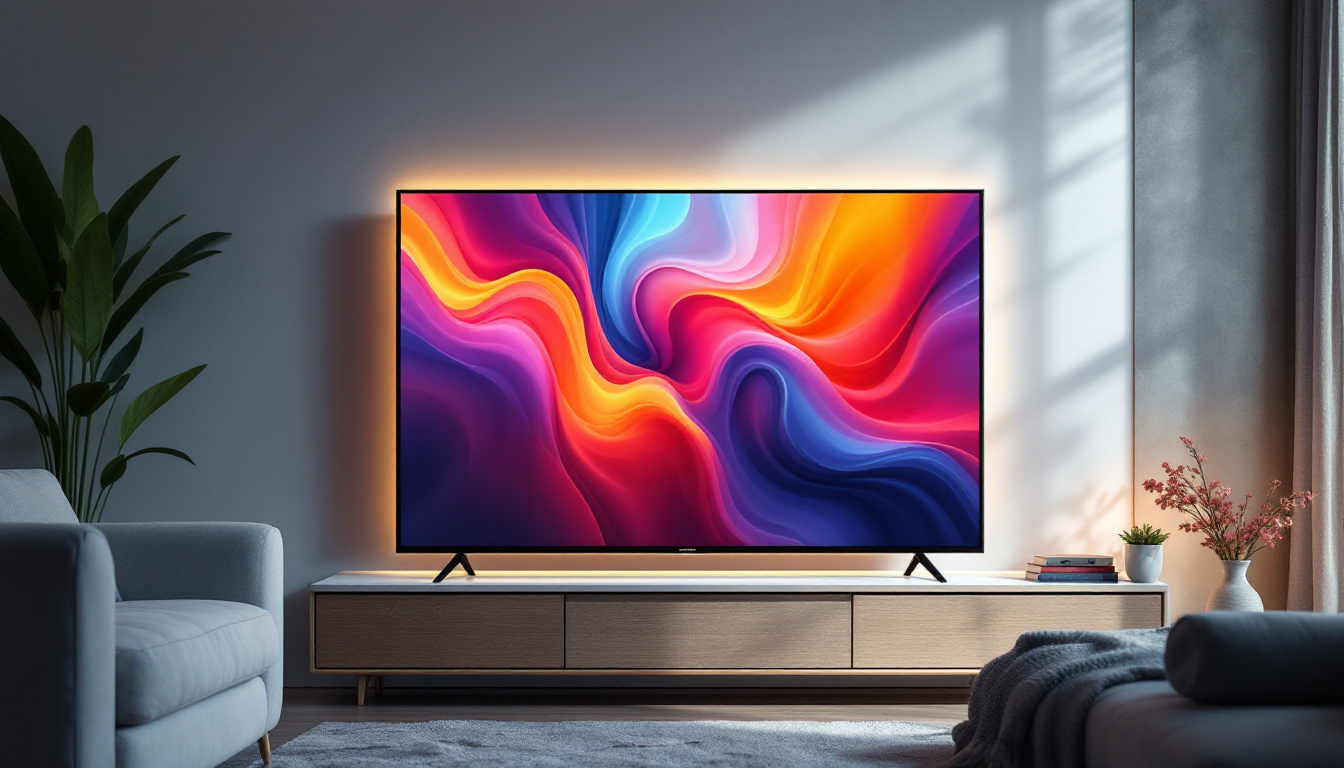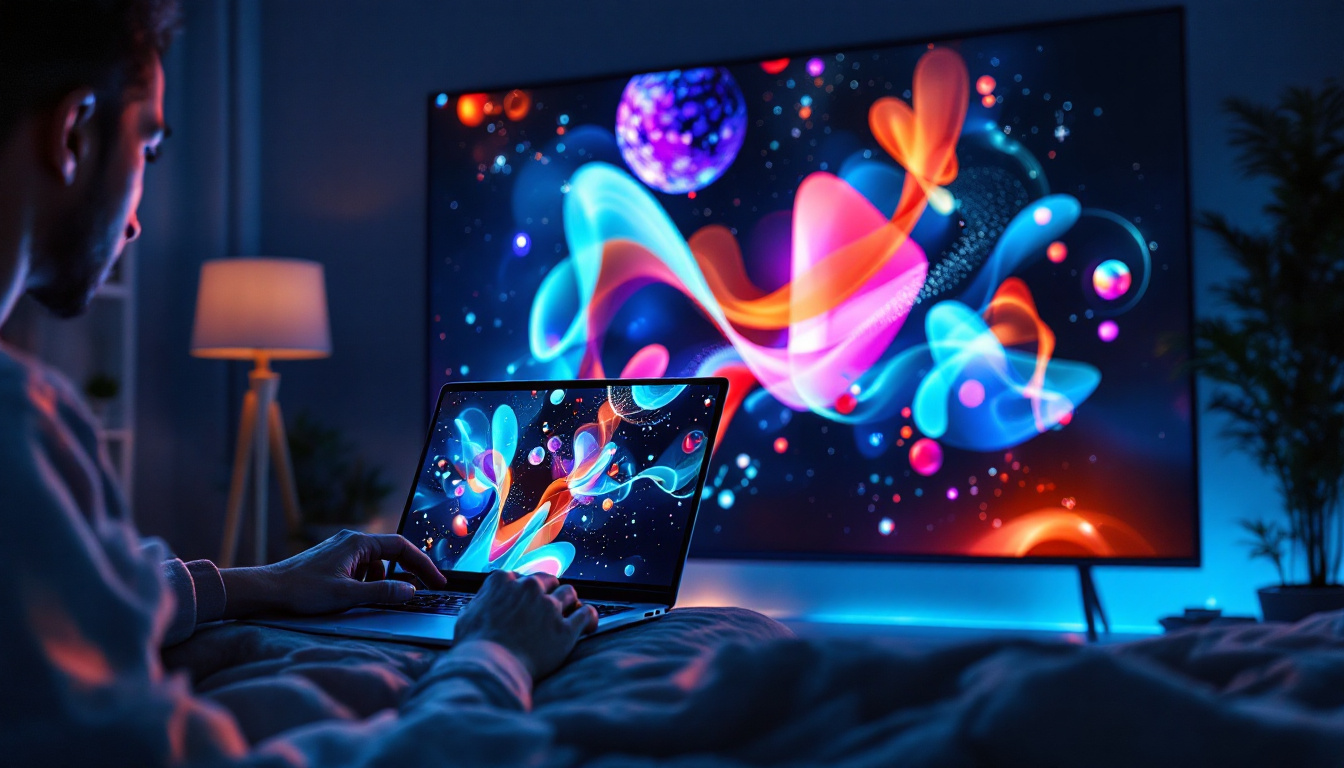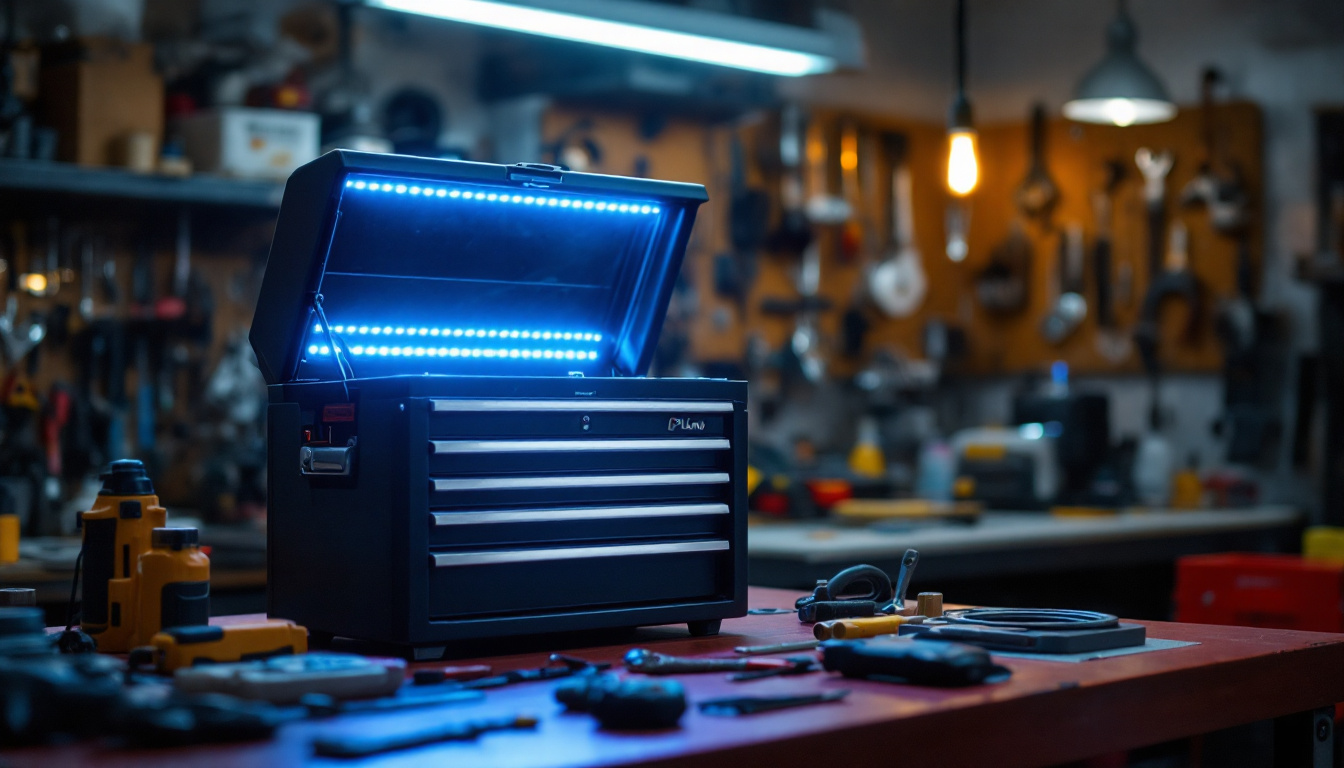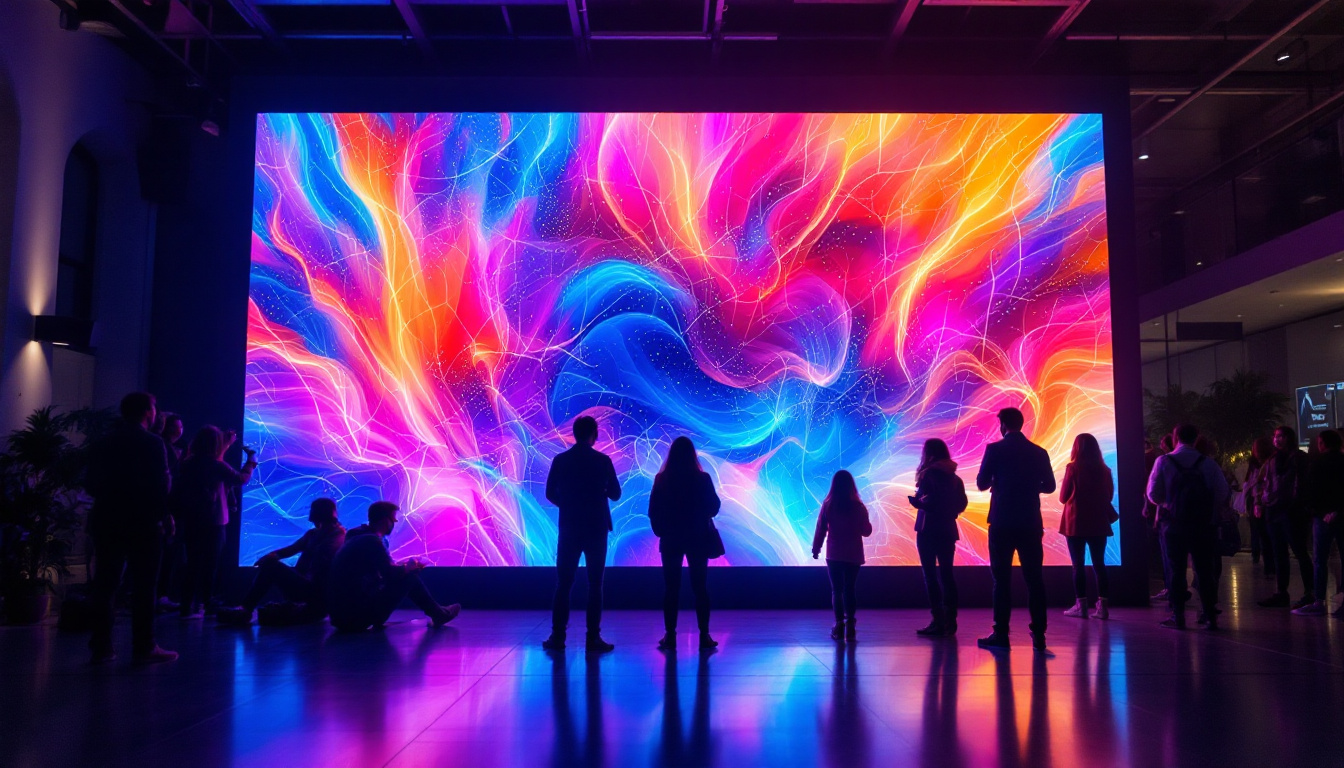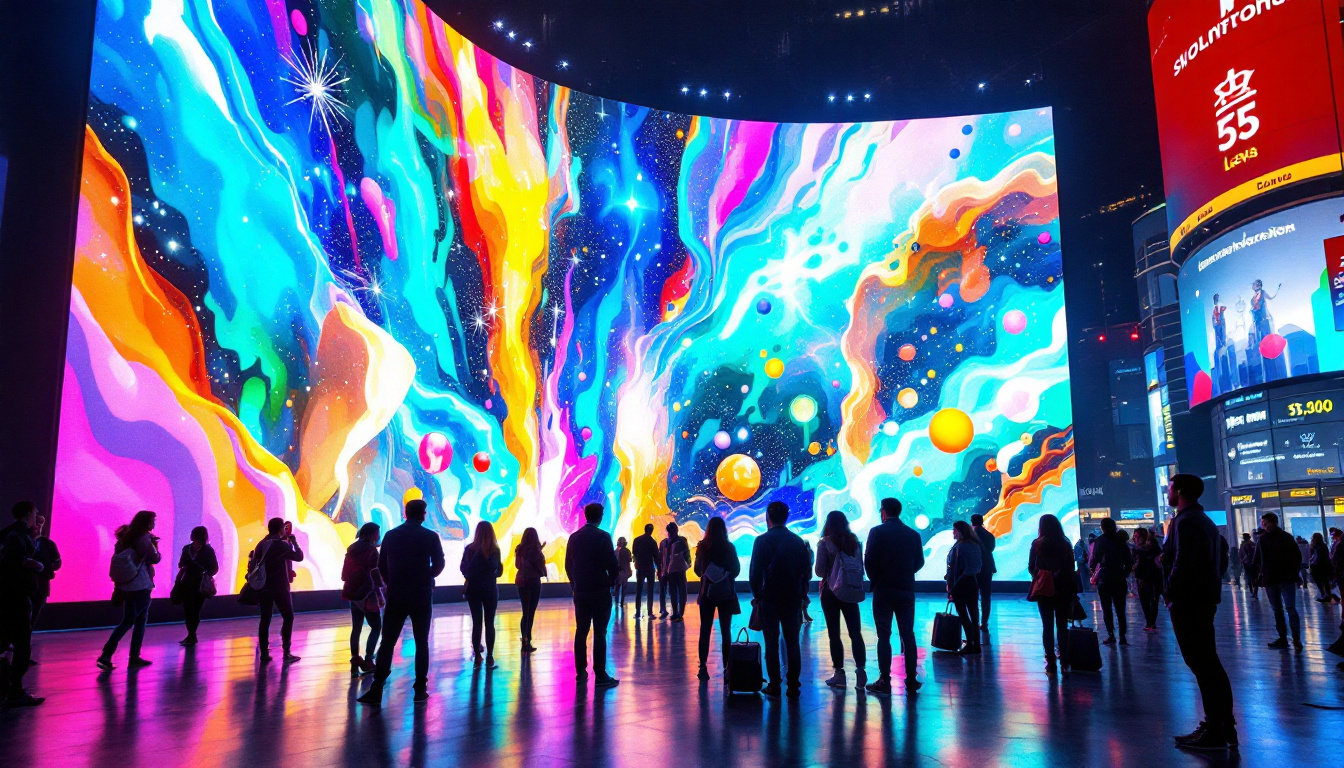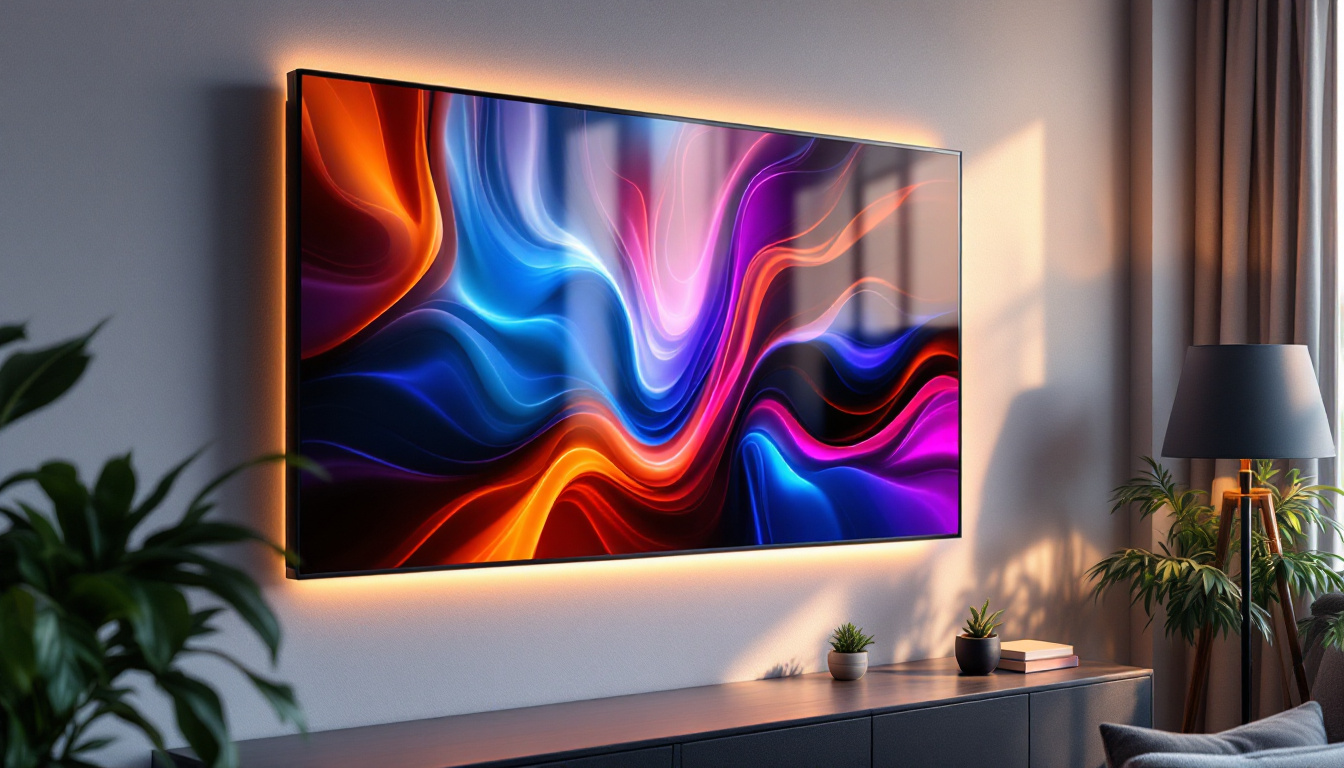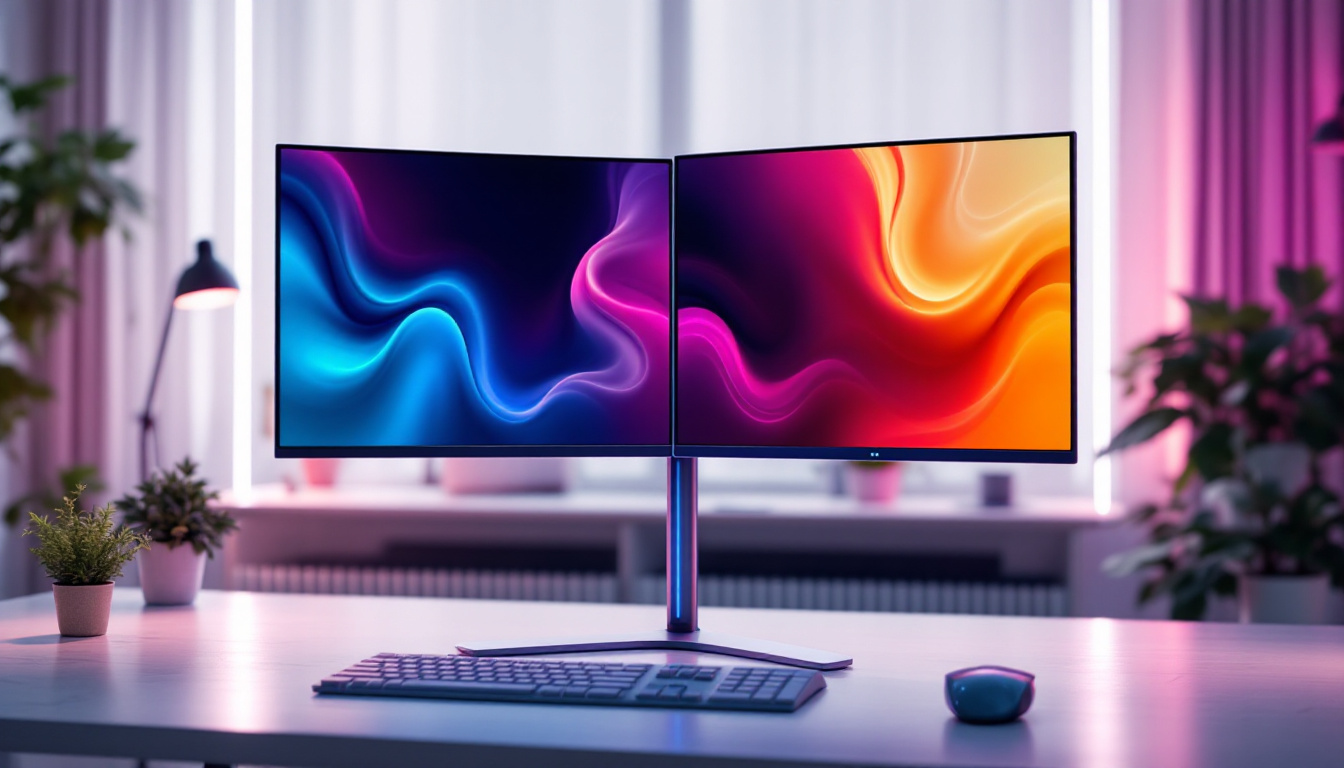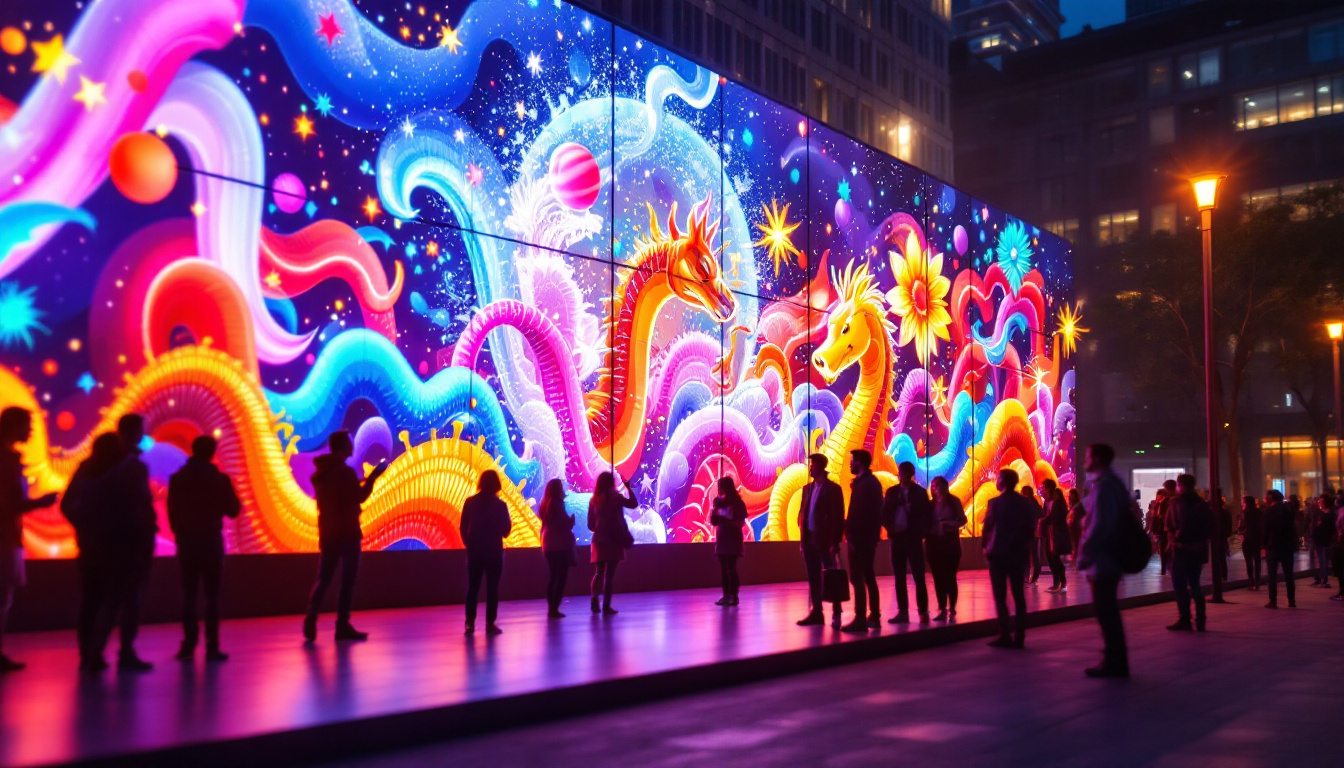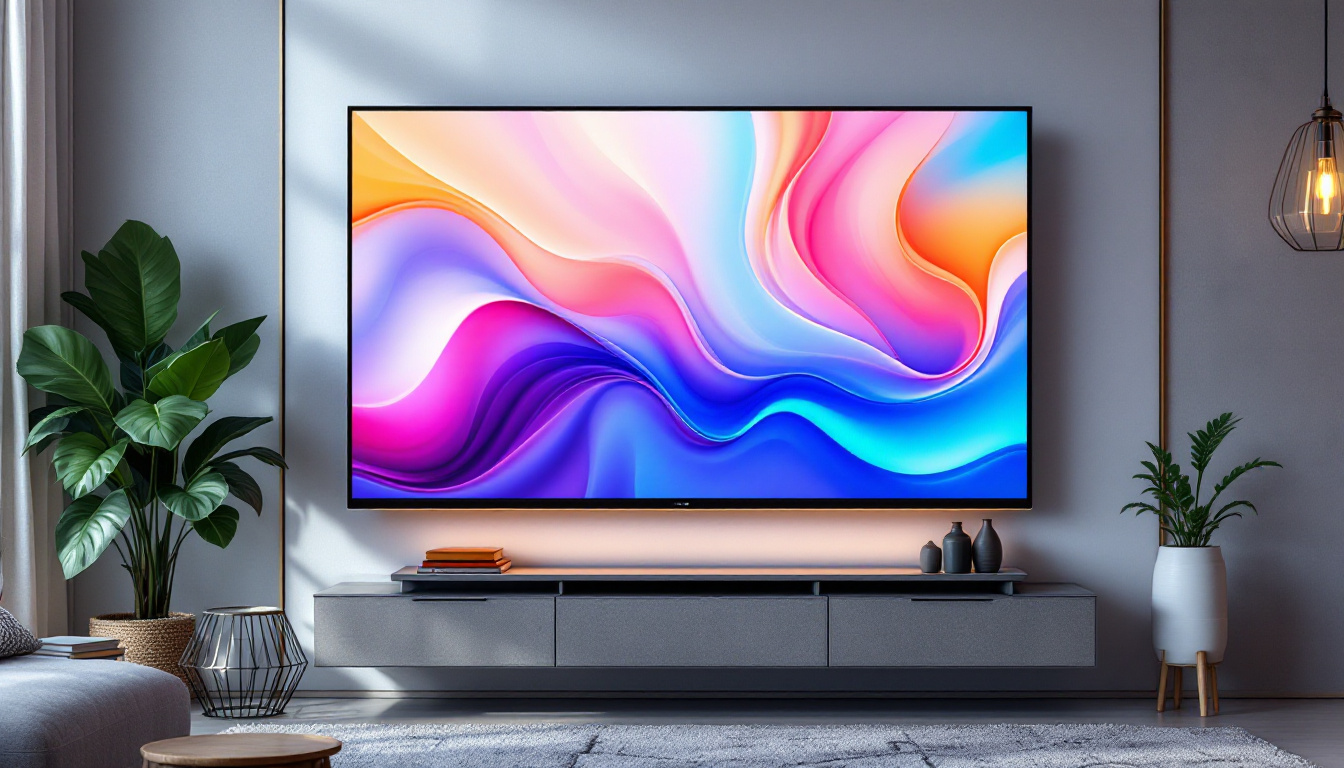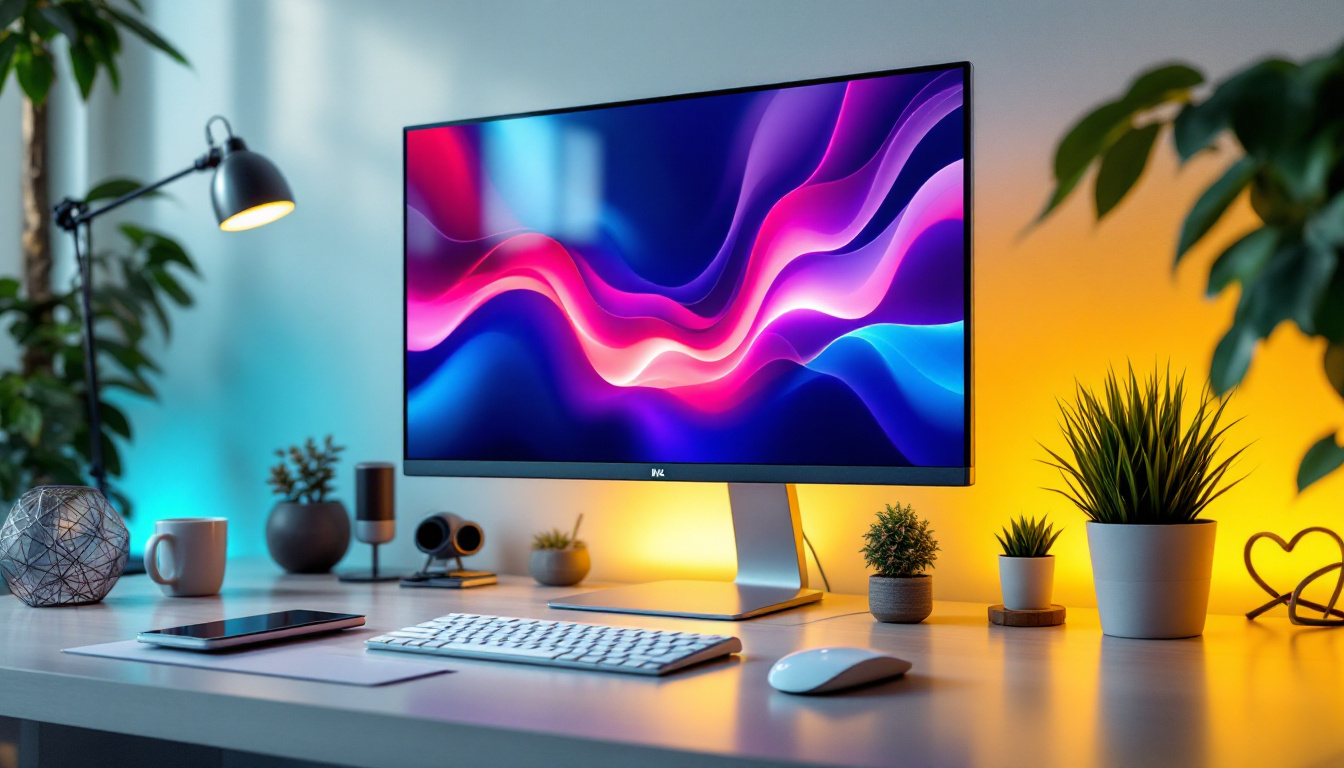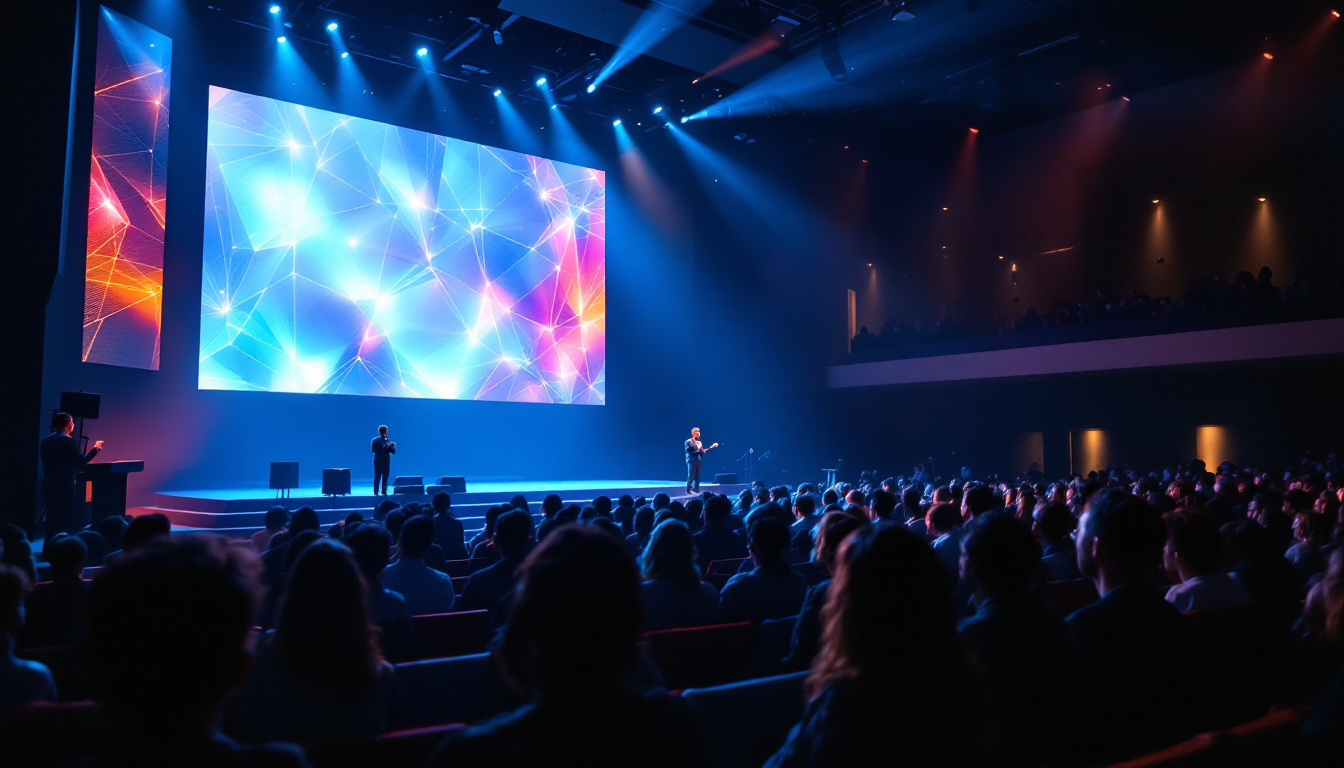In the rapidly evolving world of visual technology, LED displays have emerged as a powerful medium for communication and entertainment. Among the various manufacturers, Absen stands out for its innovative solutions and high-quality products. This article delves into the Absen LED Wall Calculator, a tool designed to simplify the process of selecting and configuring LED displays for various applications.
Understanding LED Displays
LED (Light Emitting Diode) displays are a type of flat panel display that utilizes LEDs as pixels. These displays are known for their brightness, energy efficiency, and ability to produce vibrant colors. They are widely used in various settings, including concerts, sporting events, advertising, and corporate presentations. The versatility of LED technology allows for creative applications, from massive outdoor billboards to sleek indoor screens that enhance the ambiance of a space. Their ability to capture attention and convey messages effectively makes them a staple in modern visual communication.
The technology behind LED displays has advanced significantly over the years, leading to improvements in resolution, color accuracy, and durability. As a result, LED displays have become the preferred choice for many businesses looking to enhance their visual communication strategies. Innovations such as HDR (High Dynamic Range) and 4K resolution have further elevated the quality of images displayed, providing viewers with an immersive experience that was previously unattainable. With the integration of smart technology, many LED displays now offer interactive features, allowing users to engage with content in real-time.
The Components of LED Displays
LED displays consist of several key components that work together to create the final image. These include:
- LED Modules: The building blocks of an LED display, each module contains a grid of LEDs that emit light in various colors. These modules can be configured in different sizes and shapes, making them adaptable to a wide range of display formats.
- Control System: This system manages the content displayed on the screen, ensuring that images and videos are rendered accurately. Advanced control systems can synchronize multiple displays, allowing for seamless video walls that create a larger-than-life visual experience.
- Power Supply: LED displays require a stable power source to operate efficiently, and the power supply is crucial for maintaining consistent brightness. Modern power supplies are designed to be energy-efficient, reducing operational costs while ensuring optimal performance.
Types of LED Displays
LED displays come in various types, each suited for different applications. The most common types include:
- Indoor LED Displays: Designed for use in controlled environments, these displays typically have higher pixel densities for better image quality. Their ability to display intricate details makes them ideal for settings like conference rooms, retail spaces, and theaters.
- Outdoor LED Displays: Built to withstand harsh weather conditions, outdoor displays are usually brighter and more robust. These displays often feature protective coatings and weatherproof enclosures, ensuring they remain operational in rain, snow, or extreme heat.
- Transparent LED Displays: These innovative displays allow for visibility through the screen, making them ideal for retail environments. By combining functionality with aesthetics, transparent LED displays can showcase products while simultaneously displaying advertisements, creating a unique shopping experience.
In addition to these common types, there are also specialized LED displays designed for specific industries. For instance, rental LED displays are popular in the event production industry, allowing for easy setup and dismantling for concerts and exhibitions. Furthermore, advancements in flexible LED technology have led to the creation of bendable displays that can conform to various shapes, opening up new possibilities for creative installations in architecture and design. As the demand for high-quality visual experiences continues to grow, the LED display market is poised for further innovation and expansion.
Introducing the Absen LED Wall Calculator
The Absen LED Wall Calculator is a user-friendly tool designed to help users determine the specifications and configurations needed for their LED displays. Whether for a large-scale event or a permanent installation, this calculator simplifies the process, ensuring that users make informed decisions.
By inputting specific parameters, users can receive tailored recommendations on the type of display, pixel pitch, and layout that best fit their needs. This not only saves time but also helps in budgeting and project planning. The calculator is particularly beneficial for event planners, marketing professionals, and AV technicians who require precise specifications to achieve optimal visual impact.
In addition to its practical applications, the Absen LED Wall Calculator also serves as an educational resource. Users can learn about the different types of LED technology, such as indoor versus outdoor displays, and the importance of pixel pitch in determining image clarity. This knowledge empowers users to make choices that align with their project goals, whether they aim for stunning visuals at a concert or clear information delivery in a corporate setting.
Key Features of the Absen LED Wall Calculator
The Absen LED Wall Calculator offers several features that enhance its usability:
- Customizable Inputs: Users can specify dimensions, viewing distance, and desired resolution to receive accurate recommendations.
- Real-Time Calculations: The calculator provides instant feedback, allowing users to visualize how different configurations will impact their project.
- Comprehensive Database: It includes a wide range of Absen products, ensuring that users have access to the latest technology and specifications.
Moreover, the calculator is designed with an intuitive interface that caters to both novices and experts. The easy navigation allows users to quickly find the information they need without feeling overwhelmed. Additionally, the calculator is regularly updated to reflect the latest advancements in LED technology, ensuring that users are always equipped with the most current data.
How to Use the Absen LED Wall Calculator
Using the Absen LED Wall Calculator is straightforward. Here’s a step-by-step guide:
- Access the Calculator: Visit the official Absen website and navigate to the LED Wall Calculator section.
- Input Dimensions: Enter the width and height of the desired display area.
- Select Viewing Distance: Specify how far viewers will typically be from the display.
- Choose Pixel Pitch: Select the pixel pitch based on the resolution needed for your application.
- Review Recommendations: Analyze the suggested configurations and make adjustments as necessary.
After completing these steps, users can further explore additional features, such as saving their configurations for future reference or sharing them with team members for collaborative decision-making. This functionality not only enhances the user experience but also fosters teamwork and creativity in project planning. Furthermore, users can access support resources directly through the calculator interface, providing them with expert guidance and troubleshooting assistance as they navigate their LED display projects.
Benefits of Using the Absen LED Wall Calculator
The advantages of utilizing the Absen LED Wall Calculator extend beyond convenience. Here are some key benefits:
Enhanced Decision-Making
With access to precise calculations and recommendations, users can make more informed decisions regarding their LED display projects. This leads to better outcomes and ensures that the final product meets expectations.
Cost-Effectiveness
By accurately assessing the needs of a project, users can avoid overspending on unnecessary features or equipment. The calculator helps in budgeting by providing a clear understanding of what is required for the desired outcome.
Time-Saving
Instead of sifting through various product specifications and configurations, users can quickly obtain tailored recommendations. This efficiency allows for faster project timelines and smoother execution.
Applications of LED Displays
LED displays are versatile and can be utilized in a myriad of applications. Understanding these applications can help businesses harness the full potential of LED technology.
Advertising and Marketing
One of the most common uses of LED displays is in advertising. Their bright and vibrant visuals attract attention, making them ideal for billboards, storefronts, and event promotions. The dynamic nature of LED displays allows for changing content, which can be tailored to specific audiences or events.
Events and Entertainment
In the realm of events, LED displays play a crucial role in enhancing the audience experience. From concerts to sports events, these displays provide high-quality visuals that engage viewers. They are often used for live streaming, displaying scores, or showcasing event highlights.
Corporate Communication
Businesses utilize LED displays for internal and external communication. In corporate settings, they can be used for presentations, digital signage, and information dissemination. Their ability to convey messages clearly and effectively makes them an invaluable tool for modern businesses.
Choosing the Right LED Display
Selecting the appropriate LED display for a specific application involves several considerations. Here are some factors to keep in mind:
Resolution and Pixel Pitch
The resolution of an LED display is determined by its pixel pitch, which refers to the distance between the centers of adjacent pixels. A smaller pixel pitch results in higher resolution and better image quality, making it suitable for close viewing distances. Conversely, a larger pixel pitch is more appropriate for larger displays viewed from a distance.
Brightness and Environment
Brightness is another critical factor. Outdoor displays require higher brightness levels to combat sunlight, while indoor displays can operate at lower brightness. Understanding the environment where the display will be installed is essential for optimal performance.
Installation and Maintenance
Consideration should also be given to the installation process and ongoing maintenance. Some displays are easier to install and maintain than others. Choosing a display that aligns with the technical capabilities of the installation team can save time and resources.
Conclusion
The Absen LED Wall Calculator is an invaluable resource for anyone looking to invest in LED display technology. By providing tailored recommendations and simplifying the decision-making process, it empowers users to make informed choices that align with their specific needs.
As LED technology continues to advance, understanding the various applications and benefits of LED displays becomes increasingly important. Whether for advertising, entertainment, or corporate communication, LED displays offer a dynamic and effective way to engage audiences and convey messages.
In a world where visual communication is paramount, leveraging tools like the Absen LED Wall Calculator can lead to successful outcomes and enhanced experiences for both businesses and their audiences.
Discover LumenMatrix’s Innovative LED Solutions
Ready to elevate your visual communication with cutting-edge LED technology? Explore LumenMatrix’s comprehensive range of LED display solutions, from vibrant Indoor and Outdoor LED Wall Displays to versatile Vehicle and Sports LED Displays. Whether you’re looking to create an immersive environment with Floor LED Displays or make a bold statement with Custom and All-in-One LED solutions, LumenMatrix is your partner in revolutionizing your space. Experience the future of digital signage and captivate your audience like never before. Check out LumenMatrix LED Display Solutions today and transform your brand’s visual impact.

